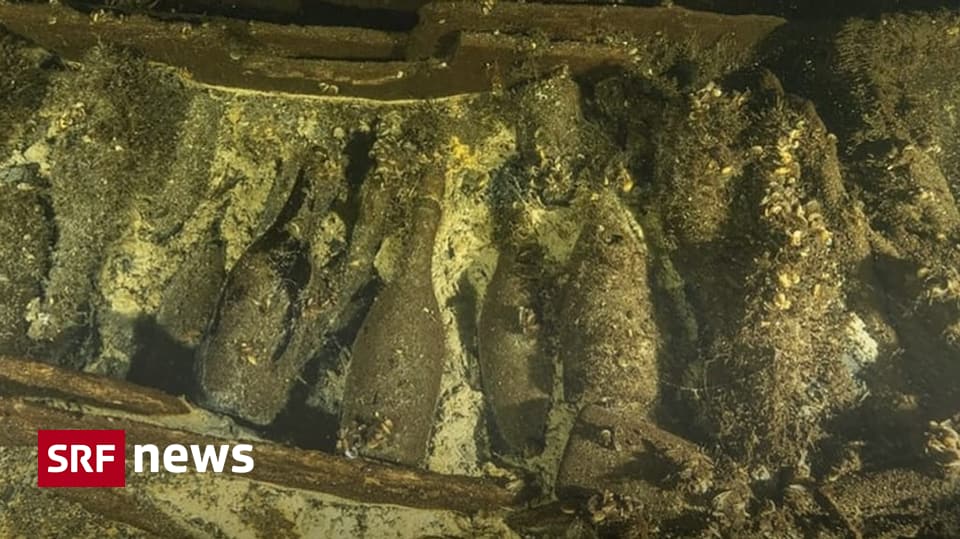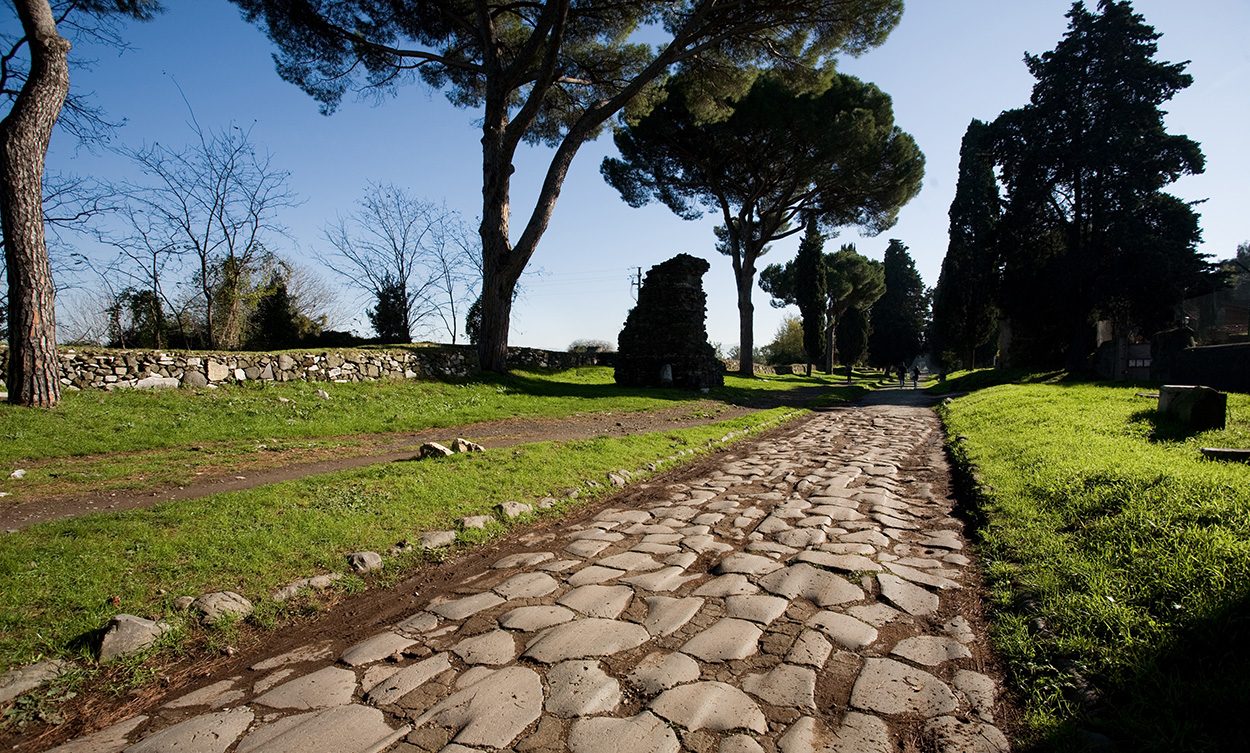Although the Roman Empire ended 1,500 years ago, its road network has had a lasting impact: the site on a Roman road can still be seen in the prosperity of a place or region, researchers have discovered. Despite the many political and economic upheavals since the end of antiquity, the Roman heritage has had a lasting impact on the economic development of most regions.
The Roman road network was unique in antiquity: it stretched over 80,000 km and crossed all of Europe and parts of North Africa and Central Asia. Unlike the dirt paths and roads of most other cultures of the time, Roman roads were paved with flagstones and often also had a roadbed full of loose stones and sidewalks.
Then and now by comparison
Roman roads were originally intended for transporting troops and military equipment, and over time Roman roads became important routes for trade and transportation of goods over long distances. New trading posts and towns developed along this road network, while existing settlements and towns benefited from freight traffic and connections to the road network. However, during the Middle Ages and beyond, the political map of Europe changed dramatically. “The roads are long gone, and the post-Roman chaos in Western Europe was an opportunity to completely change economic structures,” says co-author Ola Olsson of Stockholm University.
Olsson, first author Carl-Johan Dalgaard of the University of Copenhagen and colleagues have now investigated whether Roman roads, despite these changes, still influence the economic development of regions and cities that can be demonstrated today. To do this, they compared ancient maps of the Roman road network with nighttime satellite imagery. Because the intensity of artificial lighting can provide initial indicators of an area’s prosperity. In addition, the scholars mapped the density of Roman roads in antiquity to the individual honeycomb network in their map and compared that to infrastructure, population density, and economic activity today.
Traces are visible to this day
“Given that so much has happened since ancient times, one would expect great adaptations to modern conditions,” Olson says. “It is even more surprising that Roman roads have contributed to the density of cities and economic activity along their ancient roads even today – even if those roads are long gone.” The researchers found that in areas with a higher density of Roman roads, the modern road network more dense. In addition, more settlements developed there from AD 500. Even more surprising is that economic performance and prosperity from 2010 to 2020 still reflect Romanian infrastructure.
Also interesting: this connection only applies when post-Roman traffic was primarily done with carts and carts. In North Africa and the Near and Middle East, on the other hand, the organized transportation system of the Romans was once again replaced by camel caravans from the fourth to sixth centuries. Since roads were not needed for this, they no longer played a major role in the infrastructure that developed in these regions after the end of the Roman Empire. “The roads are becoming irrelevant and we don’t see the continued prosperity there as we do in the western parts of the Roman Empire,” Olson says. The findings thus help to better understand what factors contribute to differences in development and persistence, according to the team.
Source: Swedish Research Council, Article: Journal of Comparative Economics, doi: 10.1016/j.jce.2022.05.003

“Alcohol buff. Troublemaker. Introvert. Student. Social media lover. Web ninja. Bacon fan. Reader.”







More Stories
Is the wrong diet making you forget?
We can study it with a new telescope.
Education: Start studying astronomy at school.